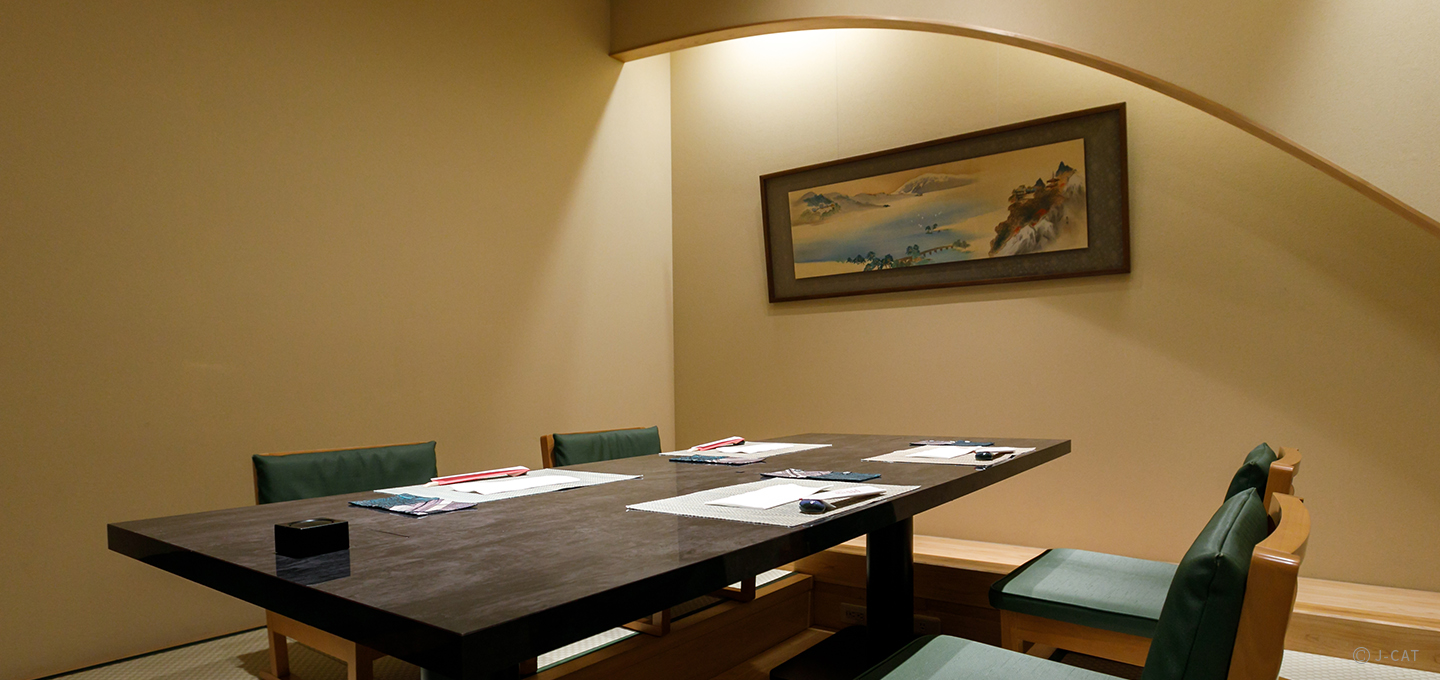
Special Experience
Kyoto/Osaka & around
Savor Renowned Wagyu Brand Omi Beef in a private room at a Historic Sukiyaki Restaurant
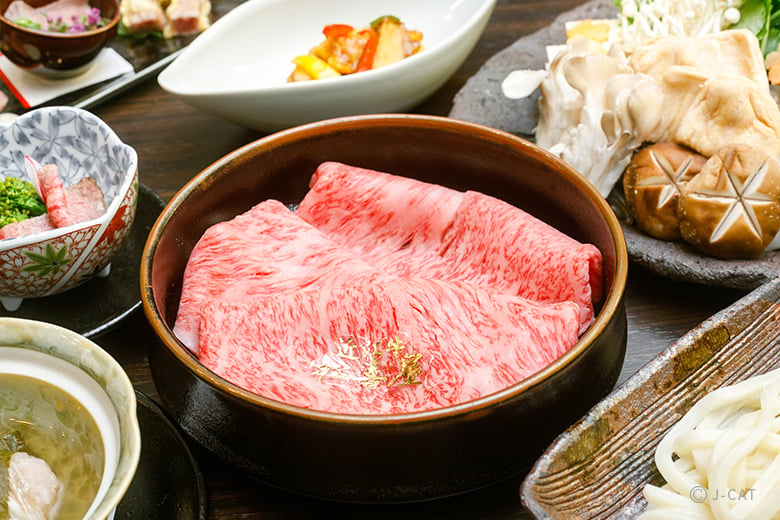
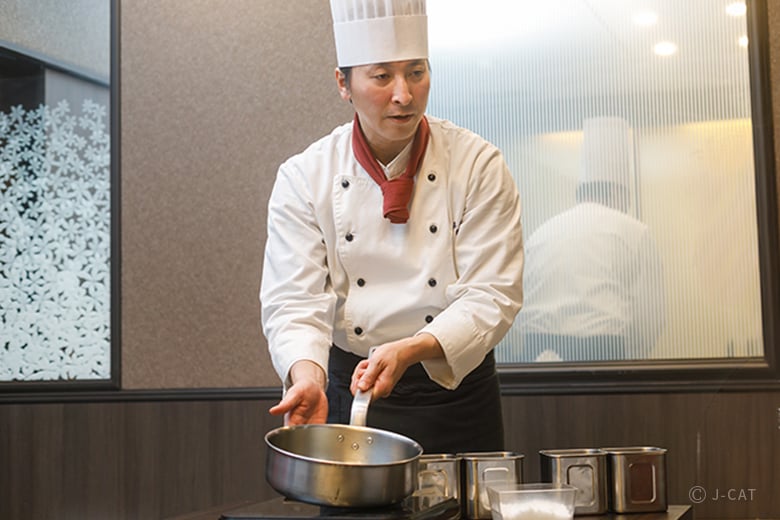
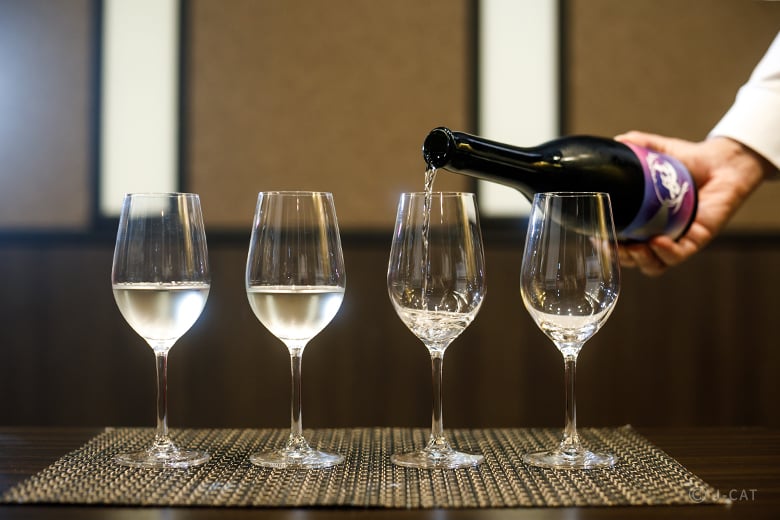
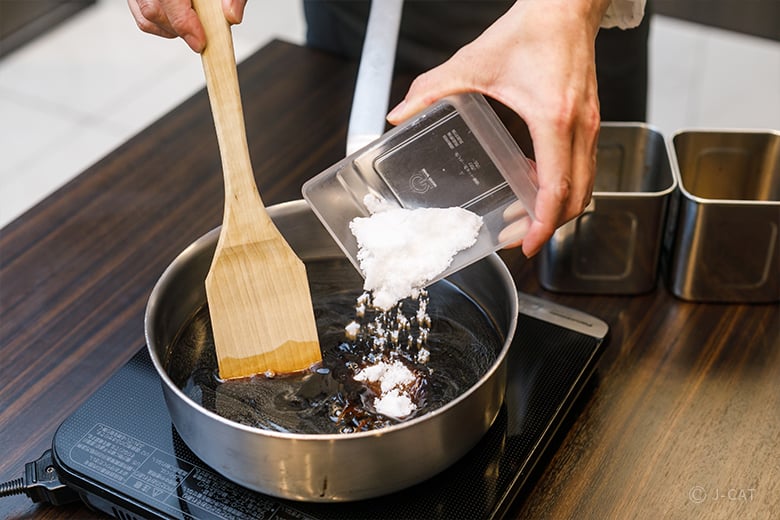
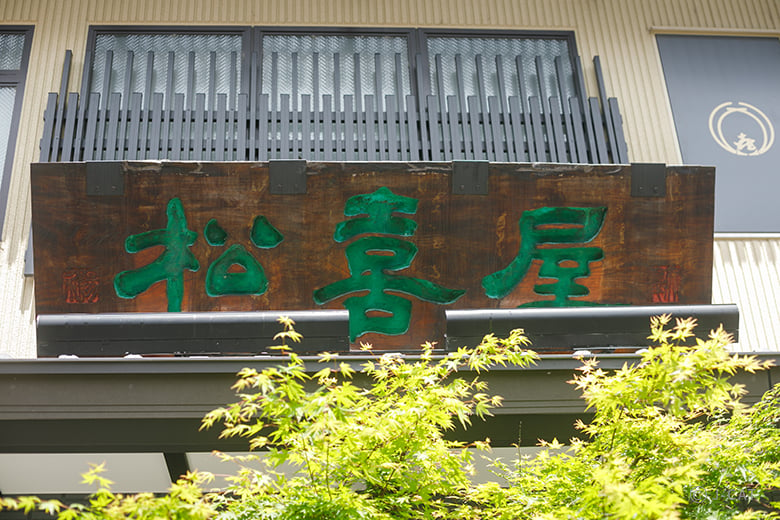
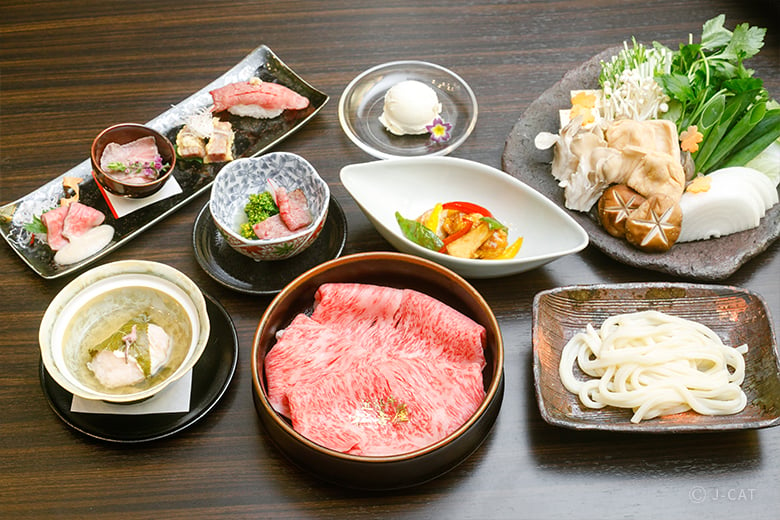
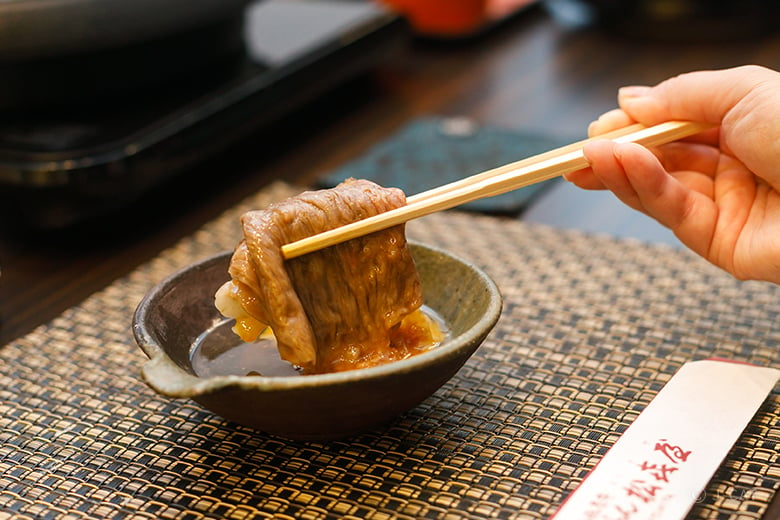
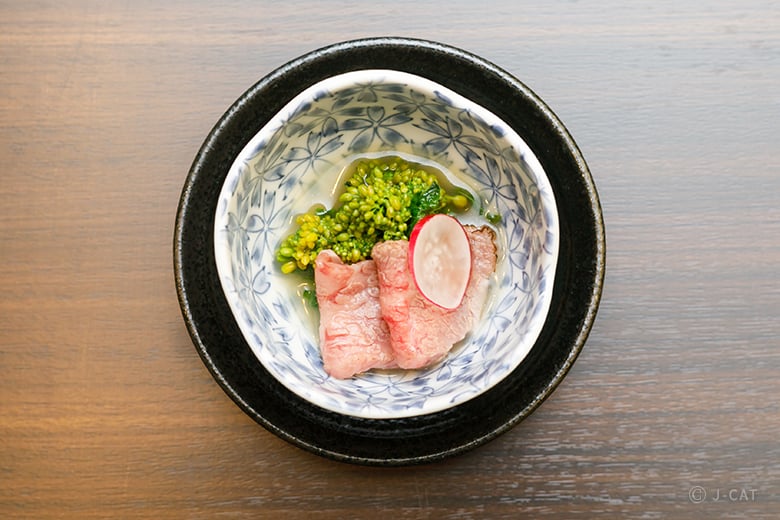
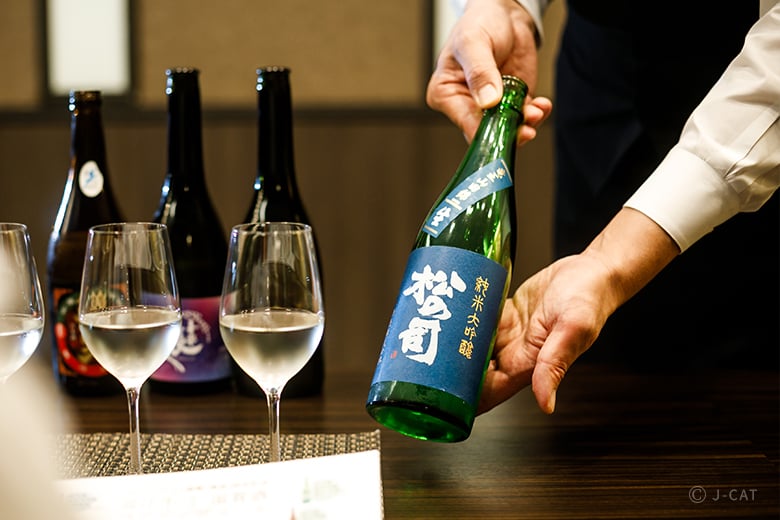
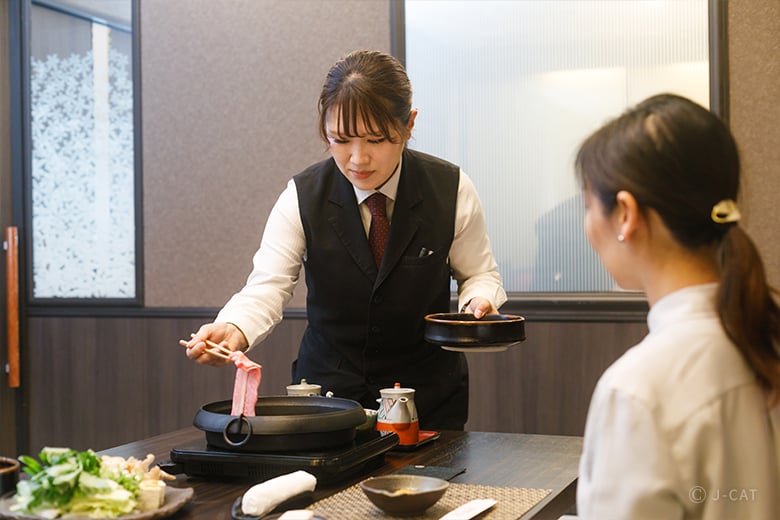
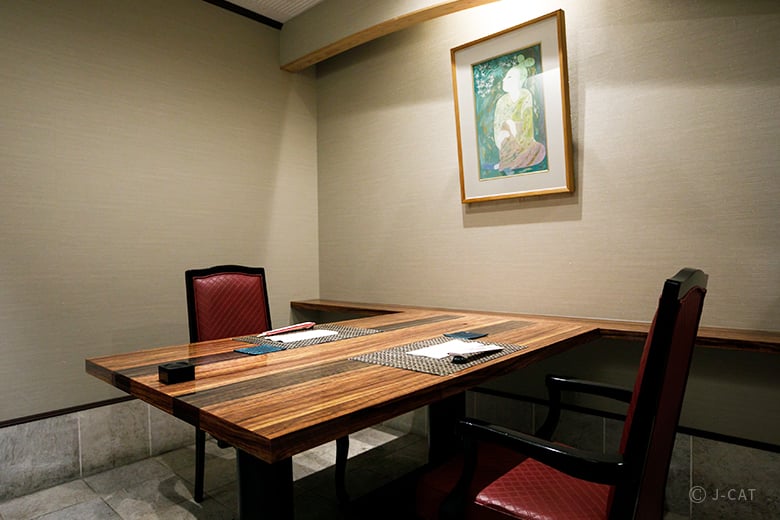
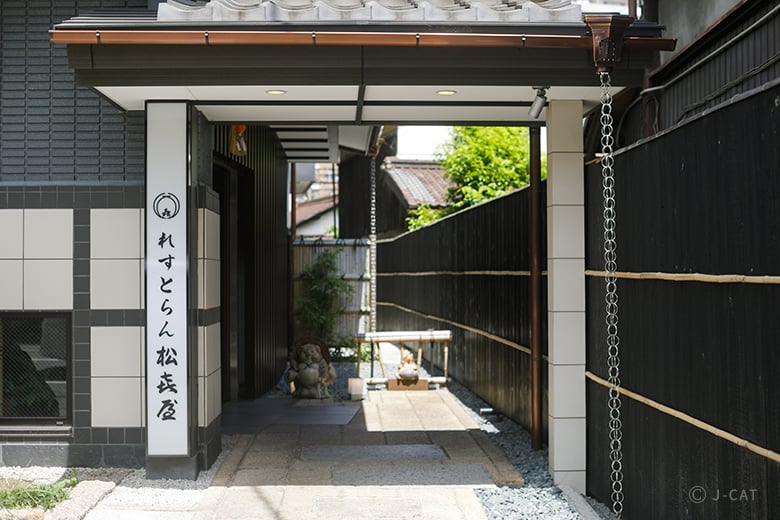
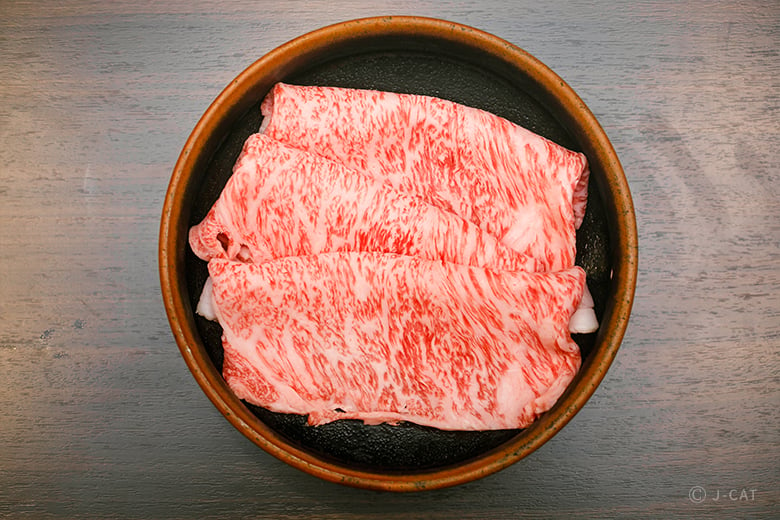
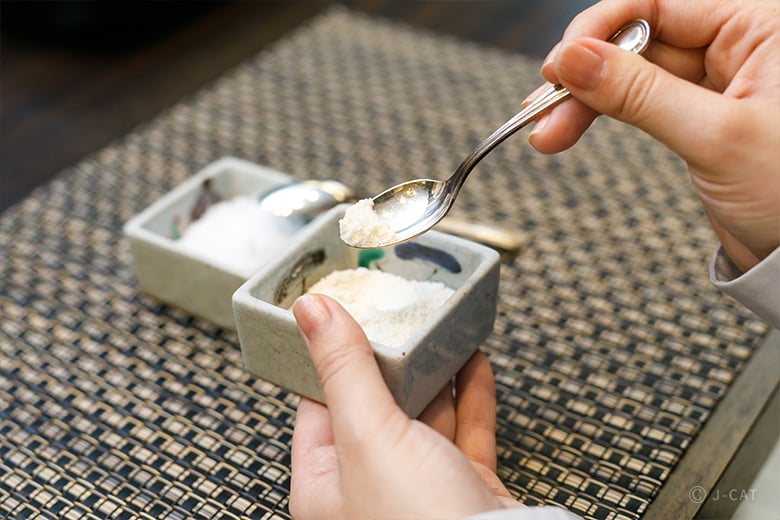
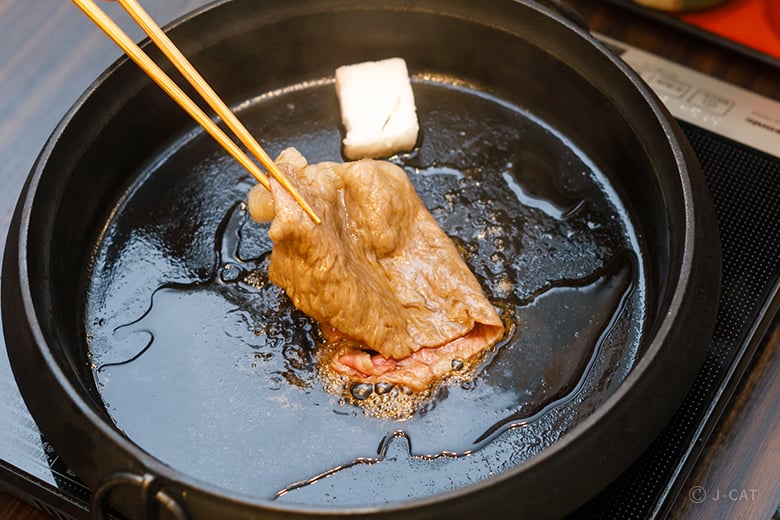















Overview
Just 20 minutes from Kyoto Station by train, discover a whole new wagyu experience with a multi-course sukiyaki meal exclusive to Wabunka - featuring top brand Omi beef in every dish - at Matsukiya, the very restaurant that made this beautifully marbled meat famous in Japan around 140 years ago. You’ll satisfy both your stomach and curiosity by hearing from a Matsukiya chef, who will give you insights into the history of Omi beef, ingredients like beef tallow and sugar, and warishita, a broth that’s the key to delicious sukiyaki. To elevate your meal even further, try some of Matsukiya’s sake pairings (optional add-on).
Key Features
・Feast on a multi-course Omi beef sukiyaki meal in a private room at Matsukiya, the pioneer of sukiyaki starring this renowned wagyu brand
・Learn about the history of Omi beef and Matsukiya, as well as how to make sukiyaki, a much-loved Japanese comfort food
・As an optional add-on, taste four types of sake from Shiga Prefecture, the home of Omi beef, all chosen to complement your meal
Kyoto/Osaka & around
150mins
from ¥34,100 /person
1 - 6 participants
Available in English
Cancel free up to 11 days prior
Details
The Pioneer that Brought the Wonders of Omi Beef to the Rest of Japan
While wagyu is now revered around the world for its tender, melt-in-your-mouth texture, beef wasn’t always readily available in Japan. Political and religious circumstances frequently marked meat as a prohibited food, meaning beef and pork weren’t eaten for long stretches of time. However, in 1549, the influence of Christian culture led Japan to accept meat once more. Historical evidence also shows that the military commanders of the tumultuous Sengoku period (1467-1603) partook of Omi beef.

Matsukiya is easily accessible from cities like Osaka and Kyoto
Although eating meat was later prohibited again, this custom persisted in Omi (present-day Shiga Prefecture), the home of Omi beef. For example, the Ii family was formally permitted to butcher cows for offerings of cowhide that would be used for the shogunate’s war drums, and the Tokugawa shogun family was presented with pills made with beef, as well as jerky and miso-preserved beef.

Admire Matsukiya’s sign, crafted by urushi artist Yosuke Natsume with writing by calligrapher Taijun Yoshizawa
In the midst of the thriving trade sparked by Japan opening up to the West in the mid-19th century, a certain person saw potential in his country’s beef: Shozo Nishii, recognized as the first generation of Matsukiya. He raised a great number of cattle and pioneered the beef market, going on to single-handedly supply Matsukiya with all of its Omi beef when it was established. This led the Nishii family to take part in running the sukiyaki restaurant, a relationship that still continues today. Later, Matsukiya was even selected as a purveyor of Omi beef to the Imperial Household.

Tender with fine marbling, Omi beef melts in your mouth
The pioneer that brought Omi beef from Shiga Prefecture to the rest of Japan, Matsukiya now directly manages a restaurant in Otsu City. There, guests can indulge in Omi beef of the highest quality with sukiyaki, shabu shabu, steak, and more.
Discover How Omi Beef Became a Renowned Brand Throughout Japan
Your Wabunka experience will begin with a lesson about the history of Matsukiya, Omi beef, and meat in Japan. For example, one reason that Japanese people began to eat beef often is Emperor Meiji, whose reign lasted from 1852 to 1912. After he tried some beef, the custom of eating meat spread throughout the Kanto region (the eastern part of Japan) and eventually to the rest of Japan.

Soak up the history behind Omi beef in a private room
Learn the Key to Omi Beef’s Superior Taste and How to Make Warishita
Omi beef is said to be superior to other brands of beef for several reasons. For example, the threads of fat - known as marbling - are so fine that each mouthful melts in your mouth. This soft fat also melts at human body temperature, making it easy to digest. Experience it for yourself by touching beef tallow and feeling it melt under your finger.

Simply laying a finger on the tallow will cause it to melt
For many of its dishes, Matsukiya uses beet sugar, a variety that is full of nutrition and easy to digest. You’ll be able to appreciate its rich and mellow sweetness by tasting and comparing it with regular white sugar. Then, watch your chef demonstrate how to make warishita, a broth used for sukiyaki. This can be replicated with ingredients like caster sugar, soy sauce, mirin (sweet sake), and cooking sake, which are now relatively accessible even outside Japan, making it a great recipe to try back home.

Watch your chef bring warishita broth to life
Appreciate Quality Omi Beef with Two Styles of Sukiyaki
During this experience, you’ll indulge in a Wabunka-exclusive meal using Omi beef for every single course (fees for drinks charged separately). Sukiyaki beef is sirloin taken from the shoulder to the waist, parts of the cow that yield the meat with the finest marbling, and Matsukiya draws out its umami to the fullest by adjusting how long it is aged.

Learn how to make Kansai-style sukiyaki, then try it the Kanto way
In addition to enjoying plenty of quality Omi beef, you’ll have the chance to sample both styles of sukiyaki: Kansai (the western part of Japan: Shiga, Kyoto, Osaka, etc.) and Kanto (the eastern part of Japan: Tokyo, Kanagawa, Saitama, etc.). For Kansai sukiyaki, the beef is first grilled in tallow, seasoned with beet sugar and soy sauce, and finally dipped into beaten egg before being eaten. On the other hand, Kanto sukiyaki begins with simmering vegetables in warishita, with the beef being added afterwards. The umami of the beef combined with the sweet and salty seasoning is sure to make your mouth water.

Simmer locally sourced ingredients like wheat gluten produced in Shiga Prefecture
From what goes into the pot and in what order to how you should arrange and cook everything, every step will be carefully demonstrated and taught to you by a Matsukiya chef, making it a stress free experience even if you’ve never made sukiyaki before. You’ll be sure to remember these uniquely Japanese flavors long after the meal is over.

Finish your meal with vanilla ice cream sprinkled with coarsely ground coffee exclusive to Matsukiya
Your last course will consist of a cup of Matsukiya’s specialty coffee and vanilla ice cream that has also been sprinkled with coarsely ground coffee. If you’re not a coffee person, treat yourself to Shiga Prefecture’s Asamiya tea, a Japanese black tea that is known as one of the nation’s five most famous teas.
Omi Beef and Shiga Sake: A Perfect Pair
Bring your Omi beef experience to another level by pairing it with sake, a special add-on. Under the government-implemented Geographical Indication Protection System, the unique qualities of various areas in Japan have been established; only products that have satisfied certain production criteria may take on the name of its region. With this add-on, you’ll be able to savor not only Omi beef but also Shiga sake, two such examples. It will include four varieties of sake that have been selected to best complement your courses.

Your meal will be accompanied by four varieties of Shiga sake recognized under the GI system
Whether you’ve eaten Omi beef and sukiyaki before or not, this Wabunka-exclusive meal will elevate your experience with Japanese cuisine. Tasting this renowned brand of wagyu and learning how to make both Kanto- and Kansai-style sukiyaki is sure to give you fond memories that will comfort you long after you’ve returned home.
Matsukiya

Matsukiya
Matsukiya first opened in 1883 in Ginza, Tokyo, as the first ever Omi beef sukiyaki restaurant. Recognized as the first generation, Shozo Nishii single-handedly supplied the restaurant with all of its Omi beef, sparking a relationship that led to the Nishii family taking part in running the restaurant. In addition to purchasing Omi beef by itself, visitors can go to Matsukiya’s restaurant in Otsu City, Shiga Prefecture to marvel at Japan’s longest counter for grilling steak and enjoy dishes like sukiyaki, shabu shabu, and steak, all of which use the finest Omi beef.
Location
Matsukiya
Otsu, Shiga
Request for booking
Select first preferred date (JST)
December 2025
Sun
Mon
Tue
Wed
Thu
Fri
Sat

Instant Booking

Request Booking

17
Full

17
Unavailable
Kyoto/Osaka & around
150mins
from ¥34,100 /person
1 - 6 participants
Available in English
Cancel free up to 11 days prior
Things to know
Contact Us
If you have any questions, please contact us using the form below.
We also accept bookings from corporate clients and travel agencies.